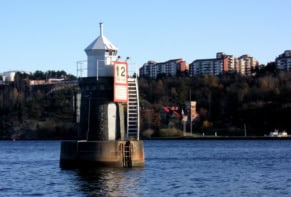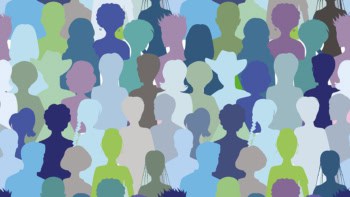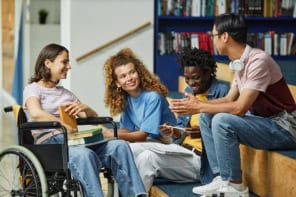What’s it like to win a Nobel Prize for Physics? Donna Strickland, the Canadian laser physicist who shared the 2018 prize, talks to Matin Durrani about her experiences over the last year

What was your immediate reaction when you first heard you’d won a Nobel Prize for Physics?
At first, I was simply stunned that I would get that 5 a.m. call. I texted only four people: my sister, brother, son and daughter. Then I got dressed and fed so I would be ready for the 6 a.m. press conference. I really didn’t have any idea what was coming after that.
What practical advice would you offer to this year’s new laureates when it comes to dealing with the media?
We can’t be experts at everything. Get help handling the many media requests that will come in from people who know the business and can give you good advice.
What sorts of demands do you have on your time – and what’s your way of dealing with them all?
Early on, the people who support me set up a system for handling and responding to incoming requests. Invitations still come in every day. If dates align, we try to group events together geographically. It’s important to give yourself down time at home as well. Don’t forget that.
What are your tips for laureates attending the Nobel-prize ceremonies in Stockholm?
I was lucky I had a great support team, both from Sweden with a wonderful attaché and driver, but also from the University [of Waterloo]. I let them worry about the details and I concentrated mostly on soaking up the experience and trying to enjoy the moment. It is such an exciting but very tiring week.
The one mistake I made was that I forgot the invitations to the medal ceremony for my husband and me, which caused some delays right before the event. So I would recommend remembering your tickets, because who would even think that laureates and their spouses need tickets.
How has the prize affected your day-to-day life as a researcher at the University of Waterloo – do you still have much time for research?
I am in my lab at every opportunity. There has been so much travel this year, so my work life has changed accordingly. I did do some teaching for the senior-level lasers course because I thought students would want to take a lasers class from the Nobel laureate and I was right about that. A colleague was actually in charge of the class because I had to be away so often.
Has it got easier to attract money and people to your research group?
I would say it has been easier to get money. I think that I haven’t taken the time needed to find new members for my group. I wouldn’t say that more students are contacting me because of the Nobel prize, though.
How has the prize benefited the field of ultrafast optics overall?
I think that may be too soon to tell, but certainly both Gérard [Mourou, who shared the 2018 Nobel Prize for Physics] and I are much more in demand as speakers, and so far more people are learning about the work and hearing about the possible applications. Hopefully this will lead to new cross-discipline research that had not been considered before.
What’s the best thing you’ve been invited to do since winning the prize?
Oh, dinner with the royal family of Sweden was fantastic. I was also probably most in awe when Gérard and I had an audience with the pope.
And the most unusual?
I opened a pier in Lindau, Germany, when I was there for the Lindau Nobel meeting [in July].
Do you ever get recognized in the street?
Not very often. Sometimes it happens on campus because there is a large banner with my photo on the physics building. But mostly I can be anonymous, which I like.
From Guelph to Stockholm
Born in 1959 in Guelph, Canada, Donna Strickland completed a degree in engineering physics at McMaster University in 1981 followed by a PhD in optics at the University of Rochester in 1989. Strickland was a research associate at the National Research Council of Canada until 1991 before spending a year at the Lawrence Livermore National Laboratory. In 1992 she moved to Princeton University’s Advanced Technology Center for Photonics and Opto-electronic Materials before joining the physics department of the University of Waterloo in Canada in 1997, where she has remained since.
Strickland shared the 2018 Nobel prize for the discovery in 1985 of “chirped pulse amplification” (CPA) with Gérard Mourou, who at the time was her PhD supervisor at Rochester. The research, published in Optics Communications (56 219), was Strickland’s first published paper. CPA involves taking a short, low-energy laser pulse, stretching it to make a long, low-energy pulse, amplifying it to get a long, high-energy pulse, before finally compressing it to get a short, high-energy pulse. Today, it has numerous applications, being used in industry for high-precision micromachining and in medicine for repairing damaged corneas.
Physics World‘s Nobel prize coverage is supported by Oxford Instruments Nanoscience, a leading supplier of research tools for the development of quantum technologies, advanced materials and nanoscale devices. Visit nanoscience.oxinst.com to find out more




